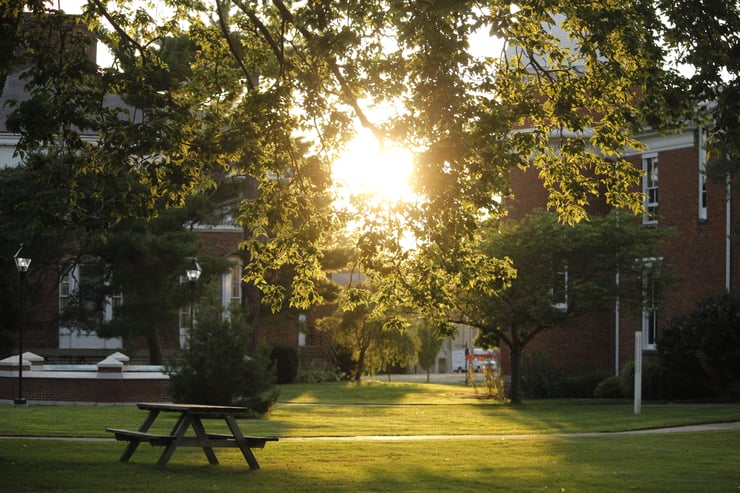College campuses have long been a force of social change. Empowered, passionate, and smart students care about the issues they will inherit in the future, are able to easily mobilize, and can make their voices heard. In recent years, issues around rising tuition and student debt, sexual assault, conflict in the Middle East, and racial injustice have been front and center.
Recent protests and movements at the University of Missouri, Claremont McKenna College, Amherst College, Yale University, and several others have drawn attention to the growing racial divide and injustice in our country. They have been PR crises for each of those campuses and surely drawn pundits, praise, and criticism for how they’ve each played out.
But, perhaps, they point to another more fundamental reality that higher ed marketers also need to accept. It’s a reality that author Marty Neumeier has rightfully termed The Brand Flip. Neumeier, who wrote a few of my favorite branding books (Zag and The Brand Gap) notes that:
“When I wrote THE BRAND GAP, the term SOCIAL MEDIA wasn’t in popular use. Neither were VIRAL, SMARTPHONE, TABLET, DISRUPTION, TRANSPARENCY, and SELFIE. Back then the central problem of branding was how to align business strategy with customer experience. Today it’s how to empower the customers who will drive your success.”
There are a few realities to most higher ed marketing. Either we can’t focus our effort to a single “customer” audience (much less have the confidence to use the word customer) or we’re focused on fundraising (alumni) or enrollment (prospective students and influencers to the college decision-making process).
Is it possible that in today’s branding reality we’ve been doing it all wrong?
As our current students grab the marketing funnel and make it a megaphone to their actual experiences on campus, it’s time that more of our brand experiences better support their voices, their needs, and their concerns. It seems to be the only way that colleges can be truly authentic in a flipped brand reality. Psychology professor Kit Yarrow points out in Brand Flip that “authenticity is potent because it’s the ‘antidote’ to our online lives.”
How much are higher ed marketers considering current students not just as “voices” of the brand but in how branding efforts are aligning to their needs? Forrester notes that “marketing remains stuck in messaging mode.” What if marketers were better focused on ensuring that students have access to and get support from campus career centers, becoming engaged in active student life opportunities, paying attention to issues around dining and housing, and understanding and supporting the realities that underrepresented students face on campus instead of considering diversity as a messaging point?
That would be flipping the higher ed brand.











